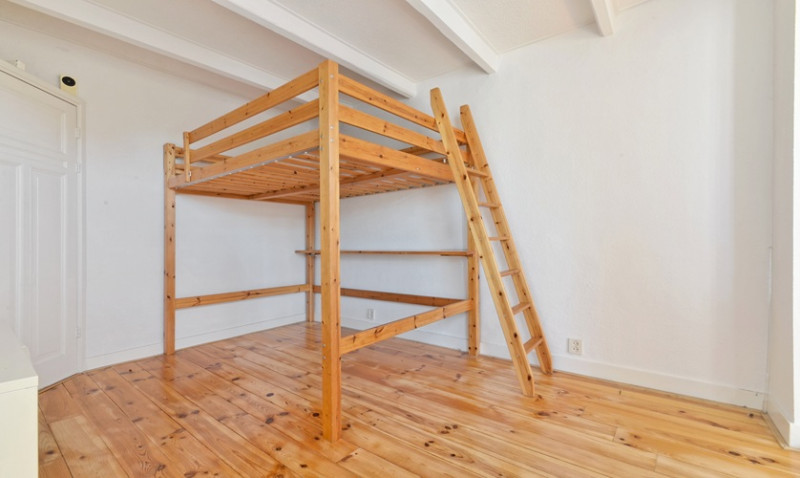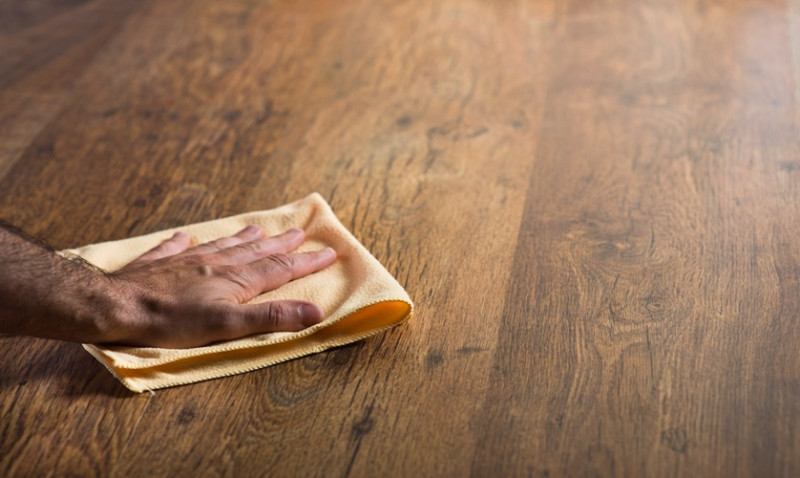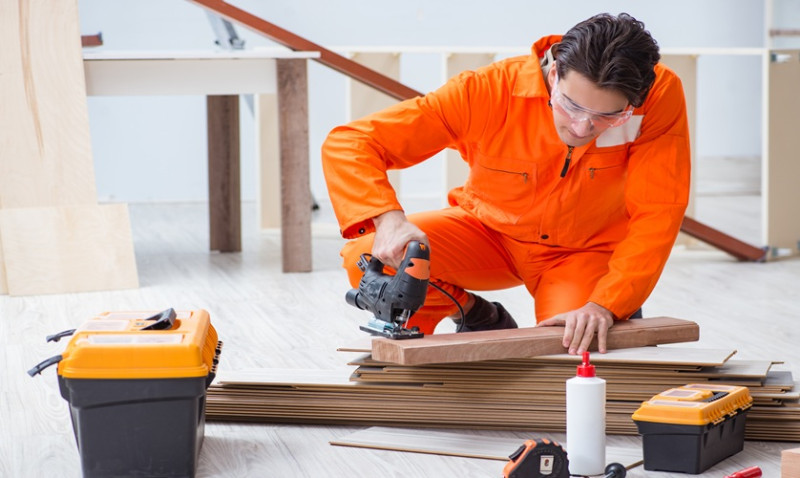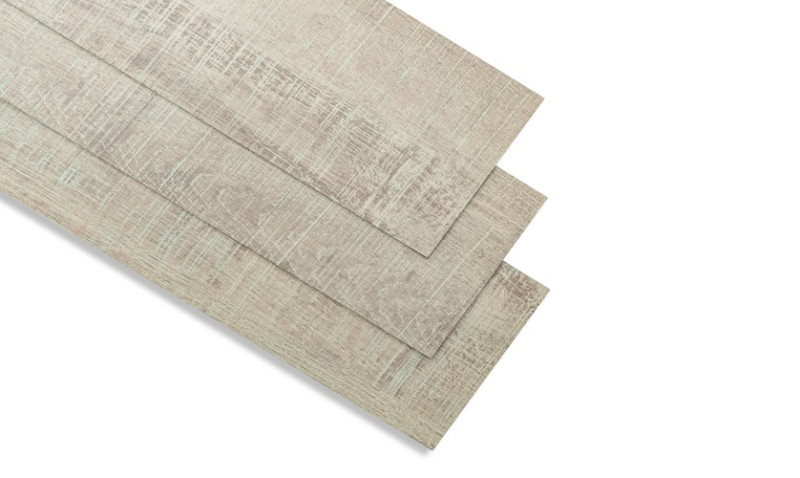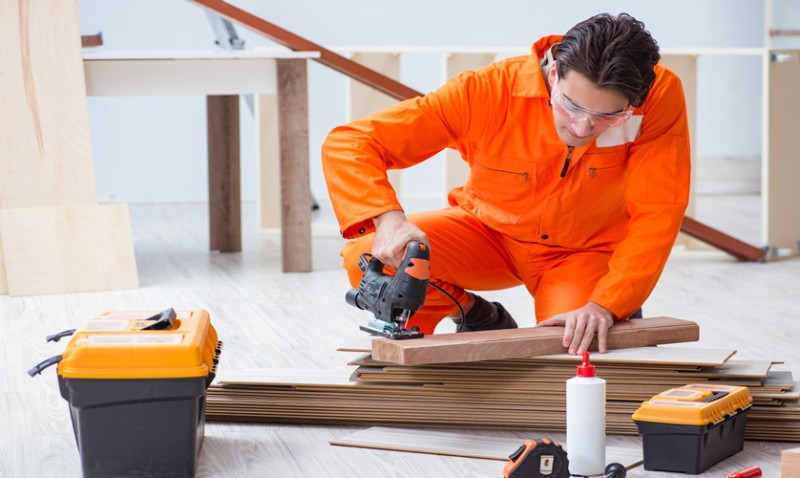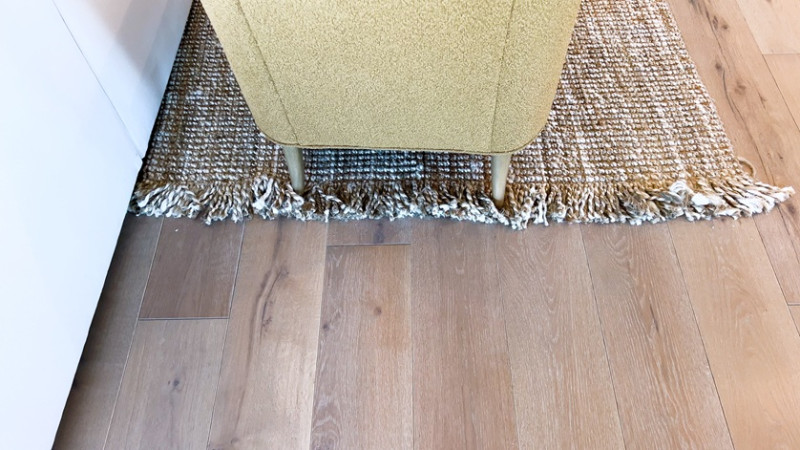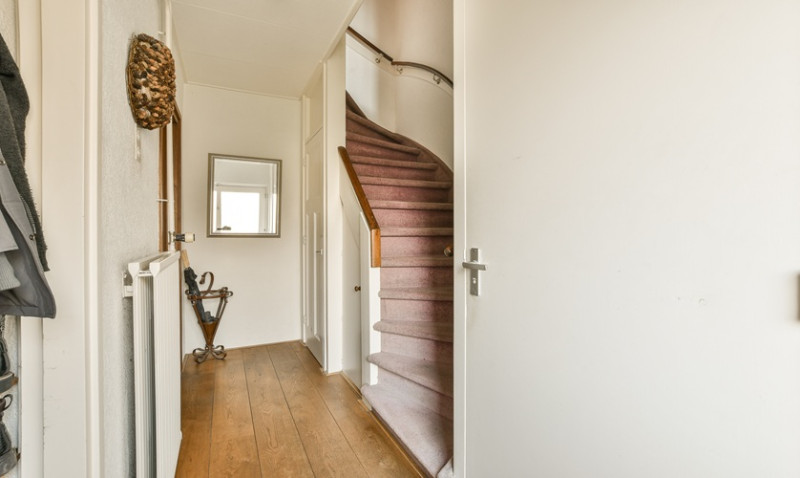
Wooden floors bring warmth, character, and a timeless charm to any home. However, protecting them can be challenging—especially when rugs or carpets are introduced. Though rugs are often used to preserve floors from scratches and general wear, they can unintentionally become the culprit of staining and discolouration over time. If you’re a homeowner, interior designer, or tradesperson working in the UK, it’s essential to understand why these stains occur and how to prevent them effectively.
Why Do Rugs and Carpets Stain Wood Floors?
Stains caused by rugs or carpets on wood floors are more common than you might think. These discolourations are typically caused by a combination of factors such as UV exposure, trapped moisture, chemical reactions, and dye transfer. Over time, these factors can affect the finish of your wooden floor, causing uneven colouring, dull patches, or even permanent marks that are difficult to remove.
One of the most frequent causes is sunlight. Areas not covered by rugs are exposed to UV rays which can naturally lighten or darken the wood. When a rug remains in place for extended periods, you might find a two-tone floor effect—where the covered area stays the original shade and the exposed areas fade or darken.
Another common culprit is moisture. If any liquid gets trapped under your rug—from spills, wet shoes, or even high humidity levels—the moisture can seep through and react with the wood or the finish. This leads to dark spots or mildew stains that are not only unsightly but damaging to the structural integrity of the floor over time.
Dyes from the rug or carpet materials can also transfer and stain wood floors, especially if the rug isn’t colourfast. Similarly, certain adhesives and rug pads can leave chemical residues that interact with the finish, causing it to deteriorate or discolour.
Use Quality Rug Pads as a Barrier
One of the best preventative measures against rug stains on wood floors is to use a high-quality rug pad. However, not all rug pads are created equal. Many cheaper versions contain PVC or rubber backings that can degrade with time and bond to your floor’s finish—causing irreversible marks.
Instead, look for rug pads made from natural materials such as felt, wool, or natural rubber. These are less likely to degrade or react with your finish. For added protection, some manufacturers offer hybrid rug pads that combine felt with a layer of natural rubber to offer both grip and cushioning without the risk of staining.
Additionally, rug pads provide an air gap which allows slight air circulation between the floor and the rug. This helps to reduce the build-up of moisture and heat—both of which can lead to stains. Added cushioning also helps to distribute weight evenly, preventing dents and compression marks on your floors.
When installing a rug pad, ensure it fits slightly smaller than the rug or carpet itself, which prevents it from sticking out and collecting debris around the edges. A well-fitted pad also ensures the rug lays flat, reducing trip hazards and improving the rug’s overall aesthetics.
Clean and Rotate Regularly
One simple and effective strategy to prevent stains is to keep your rugs and floors clean and regularly rotated. Dust, debris, and moisture build-up under rugs can become abrasive and act like sandpaper on wood flooring. This friction slowly wears away at the finish and can trap stains beneath the rug pad.
Get into the habit of lifting your rugs and vacuuming underneath them at least once a week, especially in high-traffic areas like hallways and living rooms. Wipe down the wood floor with a microfibre mop and, if necessary, use a damp cloth (not wet) with a cleaning solution designed specifically for hardwood floors.
Rug rotation is another underrated tactic. By rotating your rugs every few months, you not only prevent uneven discolouration from sunlight or traffic patterns but also help the materials wear evenly. This is especially helpful in situations where a rug is partially under furniture, which can create intense pressure points on the floor underneath.
Be Mindful of Moisture and Humidity
Moisture is a major enemy of wood. In the UK, humidity levels fluctuate drastically throughout the year, which can create ideal conditions for trapped moisture under rugs—especially in older properties or rooms with less ventilation.
To protect your wood floors, use a dehumidifier during summer and a humidifier during the winter to keep the indoor humidity level between 40% and 60%. This stabilises the wood and helps prevent expansion or contraction that can cause warping, gaps, or cupping under the flooring.
Moreover, if a spill occurs on your rug, address it immediately. Avoid letting the moisture work its way down through the rug pad into contact with the wood floor. Blot the area dry and lift the rug to let both the rug and the floor dry completely before placing it back.
Moisture-resistant or ‘indoor-outdoor’ rugs can also be a savvy choice in moisture-prone areas such as conservatories, kitchens, or entryways.
Avoid Rugs with Harsh Dyes or Chemicals
Many modern and imported rugs use synthetic dyes or chemical backing compounds that are not compatible with all wood floor finishes. When exposed to heat, sunlight, or moisture, these substances can leach out and react with the oil or polyurethane sealants on your flooring, leaving behind discoloured patches.
If you're purchasing a new rug, especially online, always check the specifications. Look for rugs labelled as colourfast and safe for hardwood floors. Rugs made from natural fibres such as wool, cotton, or jute are generally safer, although they still require a rug pad to avoid slipping and staining.
Avoid rugs with latex backings in particular, as latex often breaks down over time, leaving a sticky residue on the floor. This is not only a magnet for dirt but can become bonded with the varnish or finish on the wood itself, making it nearly impossible to remove without refinishing the entire area.
Protect with a High-Quality Floor Finish or Sealant
The condition and type of finish on your wooden floor can significantly influence how susceptible it is to rug-related stains. Floors finished with penetrating oil tend to absorb liquids and dyes more readily than those sealed with high-quality polyurethane, for instance.
If your flooring is more than five years old or sees regular foot traffic, consider applying an additional layer of sealant to bolster its resistance to wear and staining. Speak with a flooring specialist or decorator to match you with the best sealant for your floor type. Water-based polyurethane finishes are ideal for light-coloured woods and give a consistent, clear protective layer. Oil-based finishes, while offering deeper tones and long-lasting durability, may require longer drying times and more ventilation.
It’s also advisable to do a patch test before using any new rug or rug pad—especially on freshly refinished floors. Test a small, inconspicuous area first and monitor it over a few weeks to ensure no adverse reactions or colour changes occur.
Table: Quick Comparison – Safe vs Risky Rug Materials for Wood Floors
| Rug Material | Safe for Wood Floors? | Notes |
|---|---|---|
| Wool | Yes | Natural, durable, and colourfast. Use with rug pad. |
| Cotton | Yes | Breathable but lightweight. Best with a non-slip pad. |
| Jute/Sisal | Yes (with caveats) | Absorbs moisture easily. Keep dry and use a pad. |
| Latex-backed | No | Can discolour or stick to floor over time. |
| PVC or Vinyl | No | This material can leave chemical residue on wood. |
Final Thoughts
Wood floors are a long-term investment that add value and aesthetic beauty to your home. Don’t let something as simple as a rug cause lasting damage. With the right materials, preventative measures, and a healthy cleaning routine, you can enjoy the best of both worlds—protection from foot traffic and spills, with no fear of hidden stains beneath your rugs.
Whether you're a homeowner giving your new flat a chic update or a design professional fitting out a luxury apartment in London, these proactive steps will keep wood floors looking their best for decades to come. Explore your options and make your home not just beautiful, but enduringly functional.
